Manage Your Energy Use Intelligently
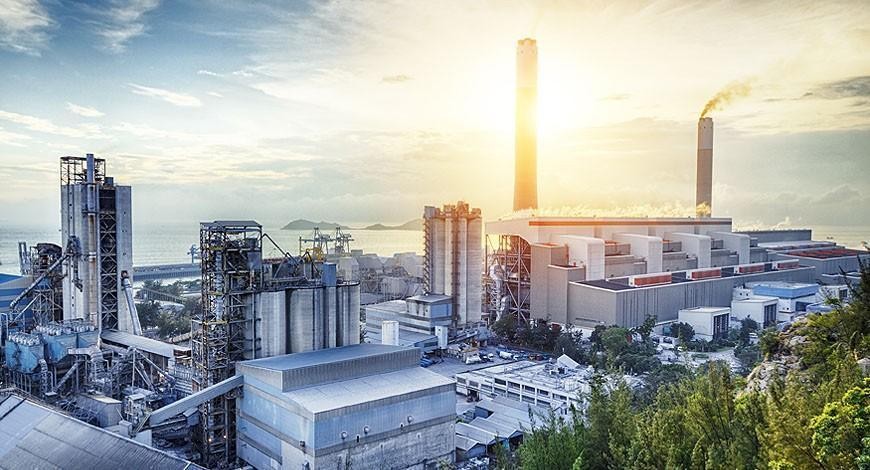
Ever since the industrial revolution of the 1950s, modernization has been considered the long-awaited salvation enabling manufacturers to substantially increase their productivity. Today, the pervasiveness of technology and electronics in industrial companies is becoming more pronounced at an unbridled pace. However, the introduction of various pieces of advanced equipment is also associated with an operating cost. In fact, manufacturing entities must now deal with the pressure caused by the rising cost of their energy use. That modern day challenge seriously threatens companies’ profit margin and, ultimately, their sustainability.
Opt for a control centralization strategy
The adding of equipment is too often undertaken with a local vision, independent of other existing elements. Also, the start-up of the system in question is frequently managed manually by the operators. As such, it isn’t uncommon to see devices in service when they are not necessary. On that point, Airex Industries has developed expertise for offering its clients a unit centralization strategy through a control system (which we will call control centralization for simplicity). Thus, by inter-connecting the various devices and programming an overarching automation logic, it is possible for a company to achieve considerable savings in its energy use.
The benefits of centralization
Most control centralization projects are eligible for subsidy programs. In addition, the introduction of such projects is self-funding due to a reduced return-on-investment period. Beyond the economic aspect, control centralization enables employees to focus on the essential aspect of their duties without having to wonder about the operational state of the equipment around them. By letting the control logic handle the managing of the facilities, it will minimize the use of the devices and thereby increase their lifespan. At the same time, by reducing the use of fossil fuels, the company’s pollution footprint will be reduced, either in GHGs or airborne contaminants. On the other hand, equipment automation will provide better temperature control and a reduction in negative pressure within the building. It is also possible to manage the various devices and receive certain alerts by telemetry. In fact, the possibilities are limited only by the imagination and innovation capacity of the various stakeholders.
The prerequisites for fully benefiting from centralization
It is first necessary to clarify that control centralization is not a solution that suits all companies. Therefore, here are a few indicators that can tell you whether a project like this would be beneficial for your manufacturing facility.
The size of the plant
An industrial firm should have at least a dozen pieces of equipment, all categories combined (e.g. oven, dust collector, make up air unit, industrial process, exhauster), for it to be able to realize substantial savings from a centralization project.
The type of energy used
In comparison with electricity or even wood pellets, fossil fuels such as coal, fuel oil, propane and natural gas are forms of energy for which GHG reduction is eligible for very favourable subsidies. Thus, for a project of equivalent size, some forms of energy will bring about a more sizeable return-on-investment.
The number of work shifts
A company that operates 24/7 with various pieces of industrial equipment and running continuously has a rather reduced margin in terms of the centralization possibilities. On the other hand, when a manufacturing company runs 1 to 2 shifts, the automation possibilities are advantaged by the shutdowns and down-times of the various devices.
For example, the idea of opting for control centralization makes it possible to adjust the set points and, therefore, calibrate the temperature based on the plant’s operating hours. Given the significance of the expenses connected with the level of heating and air-conditioning, the potential for generating savings outside business hours then becomes a very attractive possibility.
The number of air exchanges
The higher the number of air exchanges, the greater the expenses associated with ventilation. However, this situation is conducive to a study for analyzing the possibilities of controlling the ventilation equipment with a logic enabling usage more in line with actual needs, which very often are below current usage.
Airex Industries; automation and control manufacturer
Previously, Airex Industries outsourced its automation needs to a third company under the corporate name Airex Control. As of January 30, 2017, Airex Industries purchased the company Airex Control. That strategic decision now makes it possible to offer our clients a range of competitive prices and superior quality service. Implementing a control centralization project is now internal expertise that our team, trained on the cutting edge of the latest technologies, is proud to offer you.
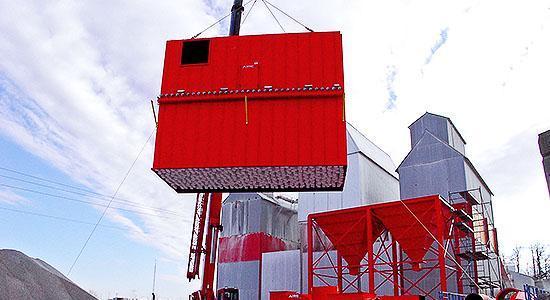
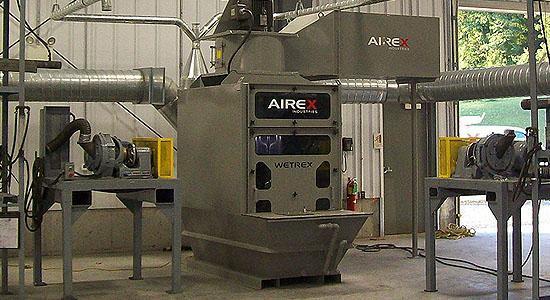


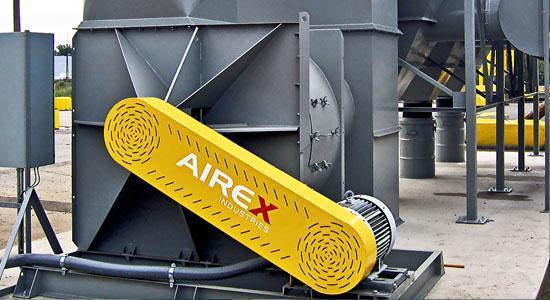
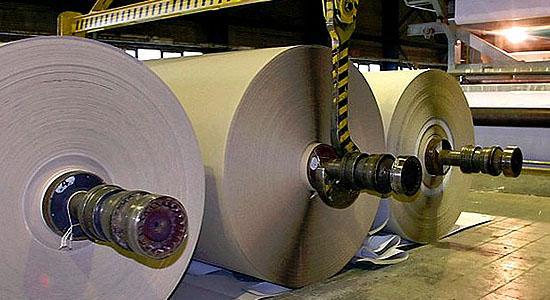
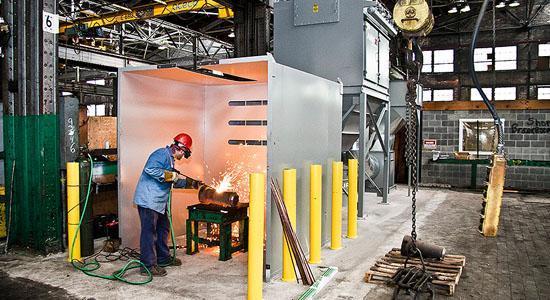
 Not sure what product fits your needs, or you looking for advice about the best solution for your problem?
Not sure what product fits your needs, or you looking for advice about the best solution for your problem?